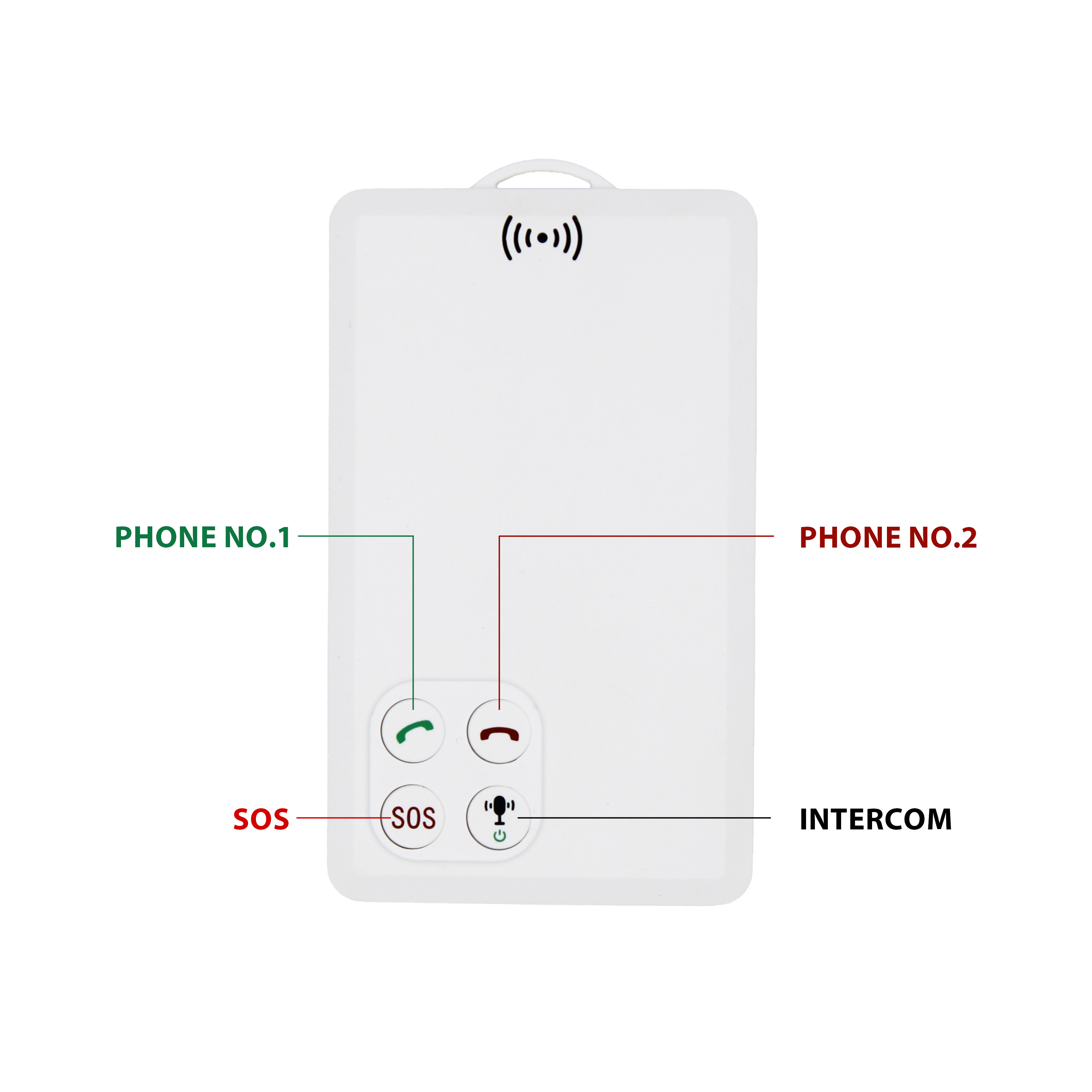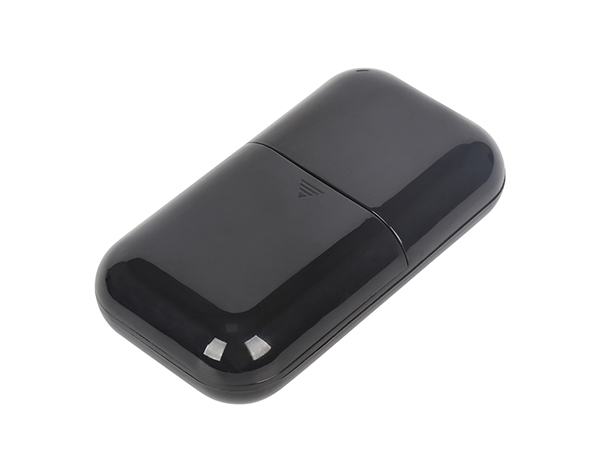
P901 is the thinnest smart walkie-talkie with real time GPS tracking function.It can be used in any place with GSM signal regardless distance limitation.We've already tested one key push-to-talk N...



The application of GPS in monitoring the ionosphere is also the beginning of GPS space meteorology. Space is full of plasma, cosmic ray particles, and electromagnetic radiation of various bands. B...

There are many types of GPS satellite receivers, which are divided into geodetic type, total station type, timing type, handheld type and integrated type according to the model; according to the...

Entering the 21st century, the application of the Global Positioning System (GPS) will be strengthened and developed in all aspects. This article focuses on the latest development of GPS moving to...

Mainly for positioning and navigation of moving objects such as ships, cars, and aircrafts. For example: 1. Vessel ocean navigation and entry and water diversion 2. Aircraft route guidance and app...

The main features of GPS: (1) Global, all-weather work. ①High positioning accuracy. The positioning accuracy of a single machine is better than 10m, and the differential positioning is adopted, an...

Due to the all-weather, high-precision and automatic measurement characteristics of GPS technology, as an advanced measurement method and new productivity, it has been integrated into various appl...

The timing signals of the GPS satellites of the Global Positioning System provide information on latitude, longitude and altitude, and precise distance measurement requires an accurate clock. Ther...

The basic principle of the GPS navigation system is to measure the distance between the satellite with known position and the receiver of the user, and then the specific position of the receiver c...

1. Space part The space part of GPS is composed of 24 working satellites, which are located 20,200km above the surface, evenly distributed on 6 orbital planes (4 in each orbital plane), and the or...